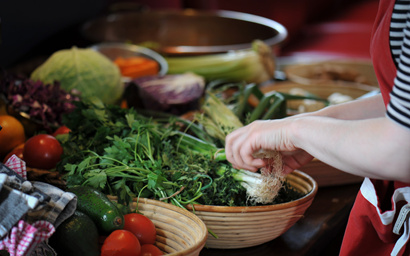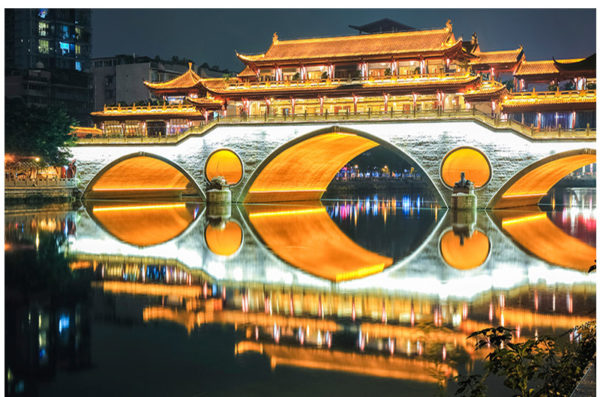Chengdu is the capital of Sichuan province in Southwest China. It has a population of 16 million as of 2013. Chengdu is one of the most important economic, transportation, and communication centers in Western China. According to the 2007 Public Appraisal for Best Chinese Cities for Investment, Chengdu was chosen as one of the top ten cities to invest in out of a total of 280 urban centers in China. The fertile Chengdu Plain, on which Chengdu is located, is also known asthe “Country of Heaven”, a phrase also often translated as “The Land of Abundance”.
Attractions in Chengdu
Giant Panda Breeding Research Base
The Giant Panda Breeding Research Base is located on the mountain of Futoushan in the northern suburbs of the city, 18km away from the town center. Take the rare chance to visit the many pandas in the Breeding Center, from tiny baby pandas to big ones.
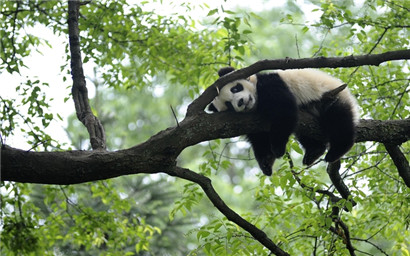
Kuan Zhai Alley District
Kuan Zhai Alley District is formed by three alleys called Kuan Alley (Wide Alley), Zhai Alley (Narrow Alley), and Jing(Well) Alley. It is a cultural site consisting of 45 Qing Ming Dynasty style courtyards,modern villas and gardens, as well as theme hostels. Kuan Alley is the representative of the very local and old culture in Chengdu. The feature of the Zhai Alley is the leisure lifestyle. And in Jing Alley you will experience Chengdu’s modern life.

Wenshu Monastery
Wenshu Monastery, located at No. 15 Wenshu Yuan Street, is the best-preserved Buddhist temple in Chengdu. Initially built in the Tang Dynasty (618-907), Wenshu Monastery was once called Xinxiang Temple. In 1681, during the reign of Emperor Kangxi of the Qing Dynasty (1644-1911), Cidu, an accomplished Buddhist monk, came to the monastery. He built a simple hut between two trees and for several years lived an ascetic life there. Legend has it when Cidu was
being cremated; the statue of Wensu (Bodhisattva Manjusri in Sanskrit) appeared in the flames, staying for a long time. So people regarded Cidu as the reincarnation of the Bodhisattva Manjusri. Thereafter, Xinxiang Temple became Wenshu Monastery.
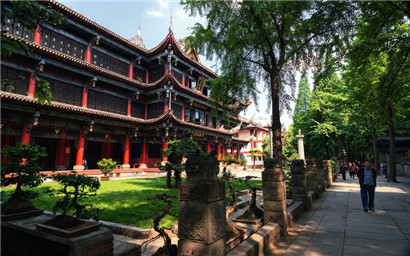
Leshan Giant Buddha
The Leshan Giant Buddha was built during the Tang Dynasty (618–907AD). It is carved out of a cliff face that lies at the confluence of the Minjiang, Dadu and Qingyi rivers in the southern part of Sichuan province in China, near the city of Leshan, and is about 140km south of Chengdu. The stone sculpture faces Mount Emei, with the rivers flowing below his feet. It is the largest carved stone Buddha in the world and it is by far the tallest pre-modern statue in the world. The Mount Emei Scenic Area, including Leshan Giant Buddha Scenic Area has been listed as a UNESCO World Heritage Site since 1996.
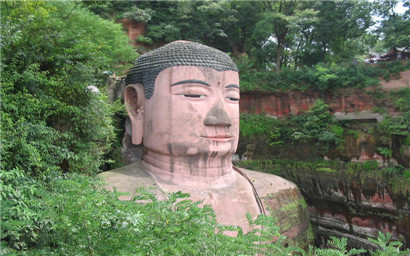
Mount Emei (Emeishan Mountain)
Mt. Emei, 160km south of Chengdu City, is one of the four Buddhist sacred mountains of China. With the summit of 3,099m high, Mt. Emei is more than 1,000m higher than the other three Buddhist sacred mountains. Mt. Emei was made a UNESCO.World Heritage Site in 1996 thanks to its breathtaking scenery, mysterious natural wonders, and historical Buddhist sites. The full day's hike to the summit is an unforgettable experience undertaken by many, but minibuses and cable cars make faster alternatives for travelers short of time.
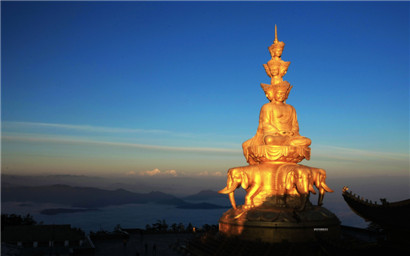
Sichuan Cuisine Cooking Lesson
Sichuan Cuisine, which is primarily based on Chengdu and Chongqing dishes, focuses on the refined selection of raw materials, the dimensions, the harmonious layout and the sharp contrasting taste and colours. Sichuan dishes are spicy, hot, savoury, fresh, greasy and strong. Peppers, prickly ash peels, pepper trees, along with ginger are frequently used. You will learn how to cook some Sichuan style dishes from the teacher, like Gongbao Chicken, Sweet and Sour pork, Fish-flavor eggplants, or dumplings, etc. Then you can have the dishes you cooked as dinner.
